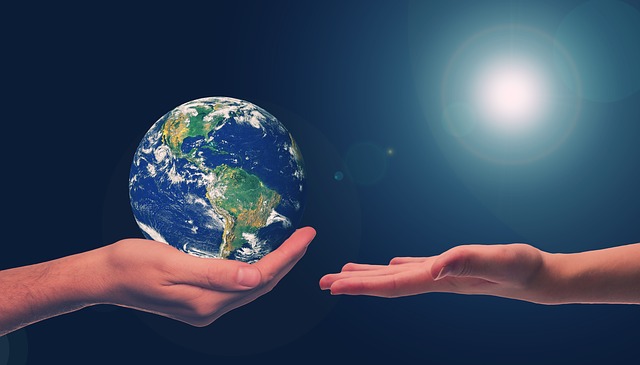The top 3 environmental threats facing our planet
In the past few years, 'global sustainability' has been a buzzword along with 'carbon footprint' and 'climate change'. World leaders, independent organisations and even individuals have taken drastic measures in attempts to spread awareness about the importance of conservation and mitigating some of the global problems.
It’s becoming increasingly difficult to ignore environmental concerns. However, some of these environmental issues are not well understood unless we dig deep to the root of the problem. What really are the main environmental threats that we face today?
1) Human population
Today, the human population stands at 7.7 billion, with an annual growth rate of 1.08%. Population forecasts predict that the number will reach 10 billion in 2057. Although the growth rate is gradually dropping, the human population has exploded over the last few decades. To put the figures into perspective, over the previous 50 years, the world population has more than doubled.
Humans are very needy. A growing population puts a tremendous strain on the planet’s natural resources. For instance, to produce enough food to satisfy the growing demand, humans have had to convert natural wild habitats into agricultural and residential land through deforestation and reclamation.
Human encroachment has contributed to decreased biodiversity, scarcity of fresh water, and soil degeneration.
2) Climate change
Seasonal changes and adverse weather conditions have become more rampant. Floods, storms, droughts and wildfires are now frequent in places they’ve never been witnessed before. Strong evidence points to global warming as one of the major causes of erratic weather and climate change. As the atmosphere traps more and more greenhouse gases every year (mostly from burning fossil fuels), the surface temperature slowly rises.
The rising temperature is causing changes in weather patterns. Global warming is slowly melting the polar ice caps, causing a rise in sea level, and also warming the seas. Changes in climate and temperature have severely affected marine and plant life, leading to imbalances in the ecosystem.
3) Pollution
Physical signs of air and water pollution are quite apparent. Smog, acid rain and toxic litter are evidence that environmental pollution has become out of control. Pollution in the oceans, mainly chemical and plastic pollution has severely affected marine life and its dependants leading to oceanic dead zones and huge gaps in the food chain.
Humans are also not safe from pollution: the World Health Organisation (WHO) estimates that 4.6 million people succumb to health conditions related to air pollution every year.
What is being done?
Solving environmental problems is proving to be challenging. However, initiatives focused on the use of renewable energy and pollution clean-up operations are quickly gaining momentum. Some of the damage done may be irreversible, but efforts are being made to restore, conserve, and protect the resources we have left – and that seems like a good place to start.







Add your comment